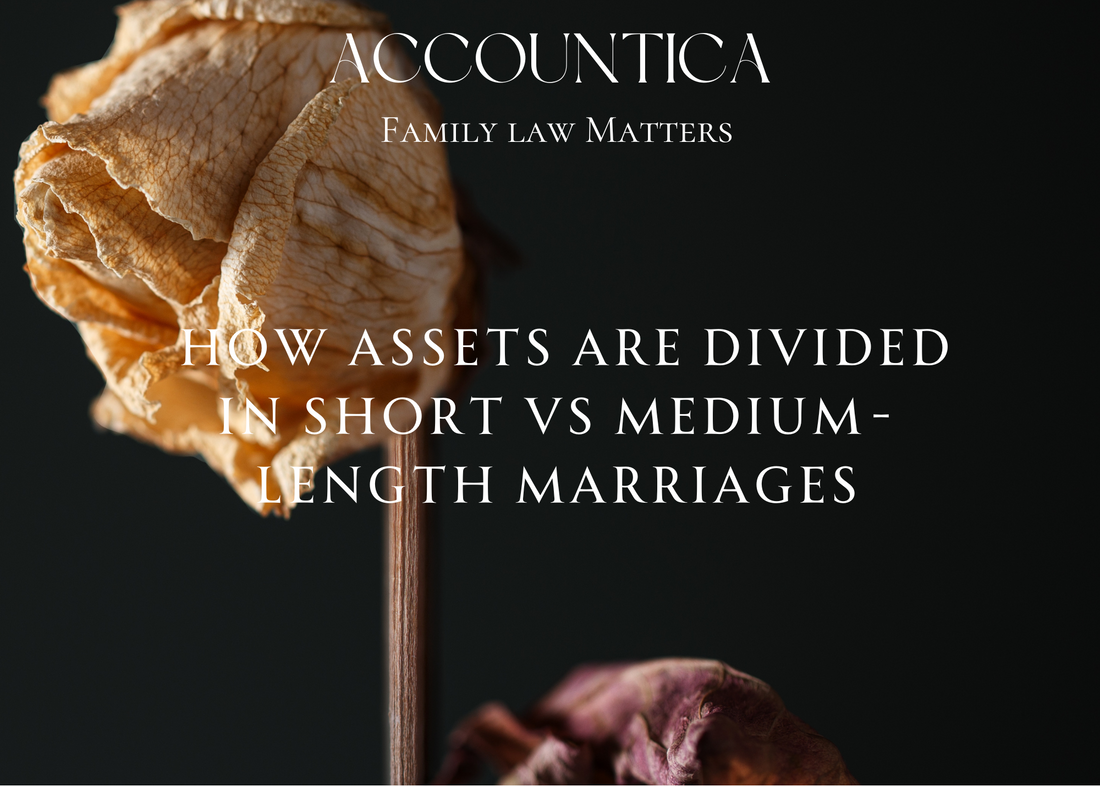Short Marriages (Typically Under 5 Years):
Asset Enumeration: Commences with a comprehensive inventory of all matrimonial and non-matrimonial assets, including but not limited to financial a assets, real property, and tangible goods held jointly or individually.
Analysis of Pre-Matrimonial Assets: Enhanced scrutiny is applied to the origins of assets, with those pre-dating the marriage typically reverting to their original owner, particularly where no significant commingling has occurred.
Prioritisation of Immediate Requirements: The judiciary primarily contemplates each party's immediate requirements for housing and financial sustenance, diminishing the focus on prolonged support or asset equalisation.
Assessment of Contributions: Scrutiny of each party's contributions to the marital estate is more circumscribed, reflecting the abbreviated nature of the matrimonial union.
Aim for Autonomy: The objective is to facilitate each party's financial independence post-divorce, ideally reinstating their pre-marital economic status where practicable.
Characteristics of Settlement: Final judgments tend to support the termination of financial dependencies, with additional support like spousal maintenance granted infrequently and based on clear need.
Medium-Length Marriages (Typically 5-10 Years):
Asset Enumeration: Identical to shorter marriages, this involves cataloguing all assets, determining their nature and value.
Consideration of Pre-Matrimonial Assets: Applies a more nuanced examination of assets introduced into the marriage by either party; while original ownership may be respected, greater flexibility is allowed for assets integrated into the marital economy.
Evaluation of Comprehensive Needs: The judicial focus extends beyond immediate needs to encompass medium and long-term sustainability and the preservation of a marital standard of living.
Detailed Assessment of Contributions: Emphasises a more thorough evaluation of both financial and non-financial contributions made during the marital period.
Equitable Asset Distribution: There is a transition towards a more equitable asset division, considering the fuller integration and mutual financial interdependence developed over the marriage duration.
Dynamics of Settlement: Final settlements may incorporate maintenance provisions, designed to support a gradual transition to economic self-sufficiency, particularly where there exists a significant imbalance in future earning capacity or historical marital sacrifices.
In both instances, the division of assets is profoundly influenced by the unique circumstances surrounding each marriage.

